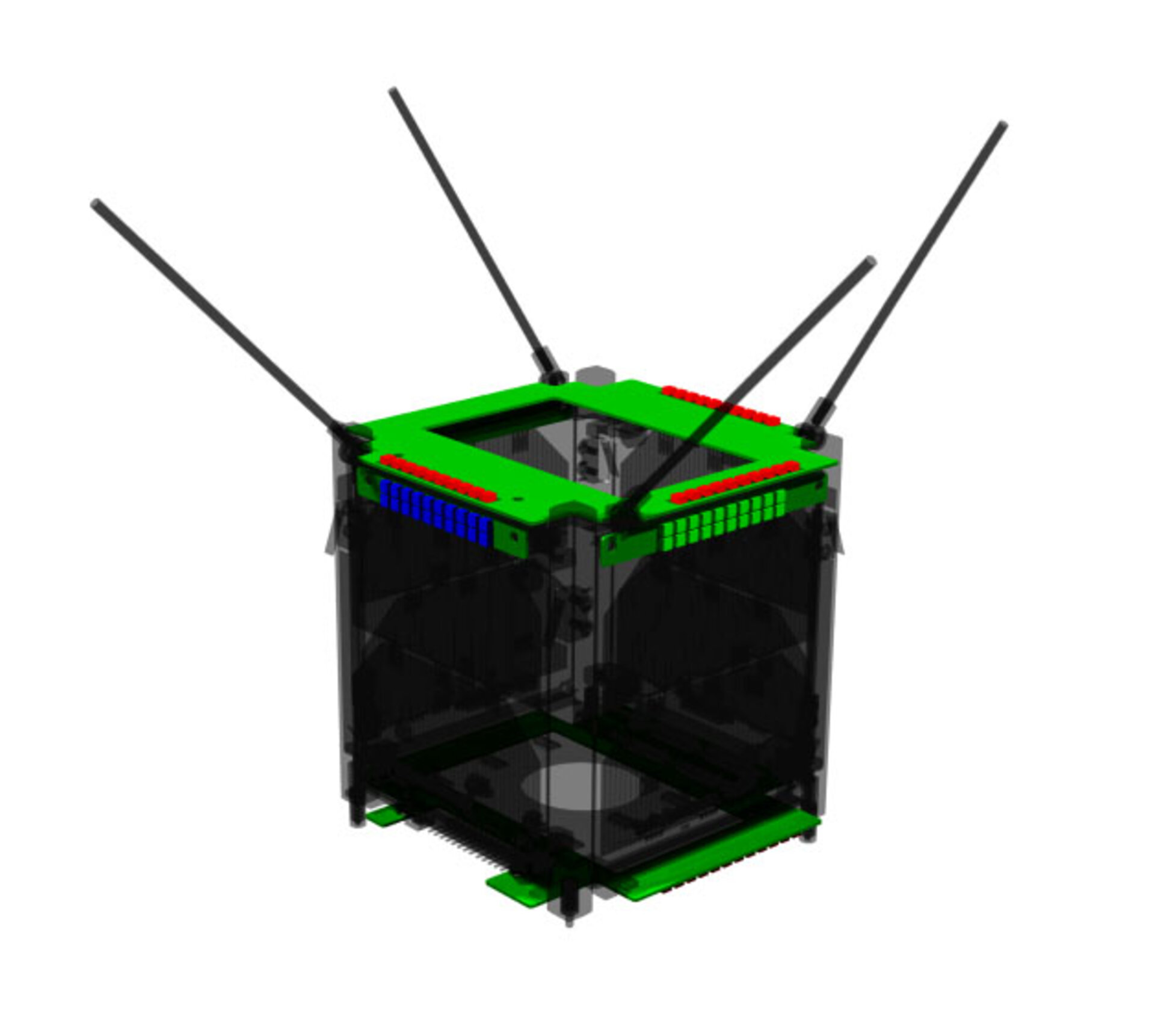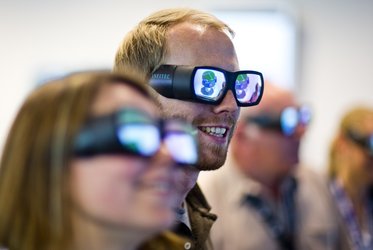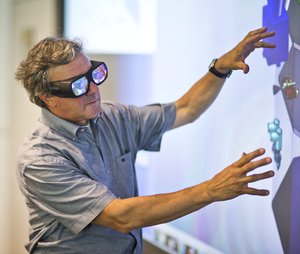Design 2 Produce
Through its Design 2 Produce cross-cutting initiative, ESA aims to apply novel techniques from terrestrial design and manufacturing processes – including digitalisation, process automation, interoperability and harnessing smart embedded sensors – to cut the schedule and cost of space missions.
Satellites are among the most complex machines ever designed and built by humankind, but for the most part their production, assembly, integration and testing techniques are lagging behind the latest terrestrial ‘Industry 4.0’ smart factory approaches.
Industry 4.0 is changing the manufacturing process in various ways, including a single, seamless digital data cycle to link key disciplines from design to production, automated inspections, augmented reality to guide integration and testing and embedded sensors giving an authoritative, ongoing overview of product status.

Design 2 Produce involves starting at the beginning: the challenge is to design space systems with an eye towards more straightforward production, integration and verification, to feed relevant lessons learned from such later phases back into the design phase.
Such an approach has already been undertaken for the coming generation of ‘megaconstellations’; produced an a batch production basis, they have been designed with ease of manufacturing and assembly, integration and testing in mind. The current need is to address the needs of one-off space missions in the same manner, in order to boost the responsiveness and competitiveness of Europe’s space industry.
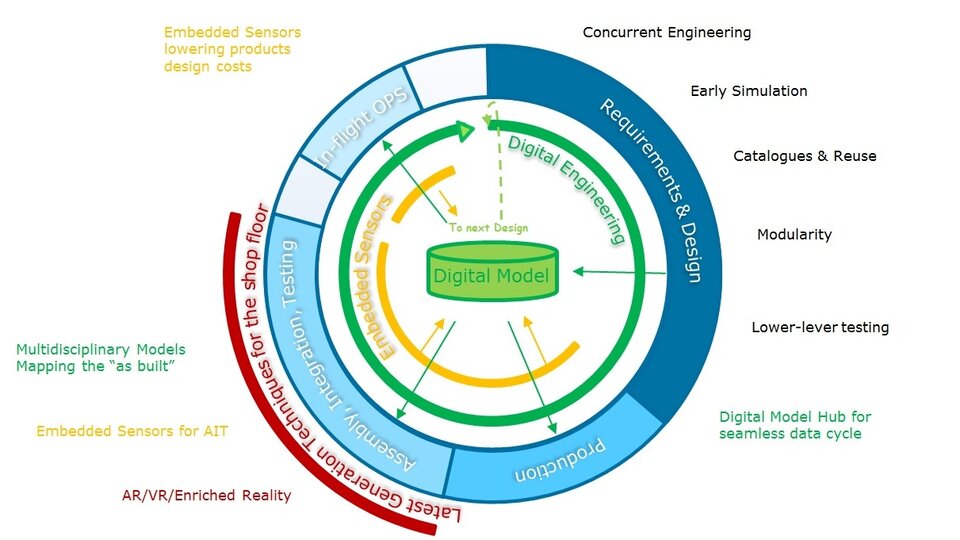
Where are we now? Space industry has begun setting up partnerships with relevant non-space actors to improve processes on a smart factory basis. And small European companies are developing relevant technologies such as smart glasses, embedded sensors, virtual and augmented reality systems, bar scanners and digitalisation of processes.
Where do we want to be? Design 2 Produce aims to take advantage of the availability of innovative and relatively low-cost technology to drive necessary developments, identifying and filling process gaps in order to transform current space engineering practices. The initiative involves the initiation and support of pilot projects where space industry can collaborate with non-space entities, ensuring both parties benefit from each other – reducing development costs, avoiding duplication and maximising interoperability.
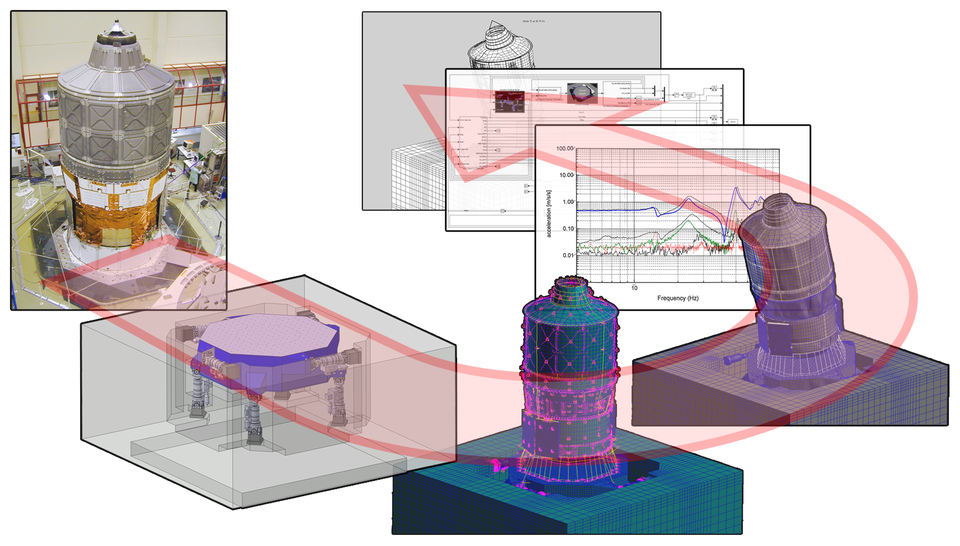
The cost and schedule of missions should be reduced by actions through the entire development life cycle, from requirements management and design to innovative shop floor solutions, adopting appropriate tools and methodologies.
Following consultation with space and non-space stakeholders, the following key action lines have been identified:
- Digital engineering – adopting digital model and digital engineering for end-to-end development across the entire supply chain
- Embedded sensors – Ongoing improvement of design and product based on analysis of data from embedded sensors, both on-ground and aboard, plus streamlined assembly, integration and testing
- Latest generation techniques for the shop floor – Application of such techniques – including augmented reality and automation – and methods supporting execution of assembly, integration and testing, to prevent anomalies and failures and reduce inefficiencies.
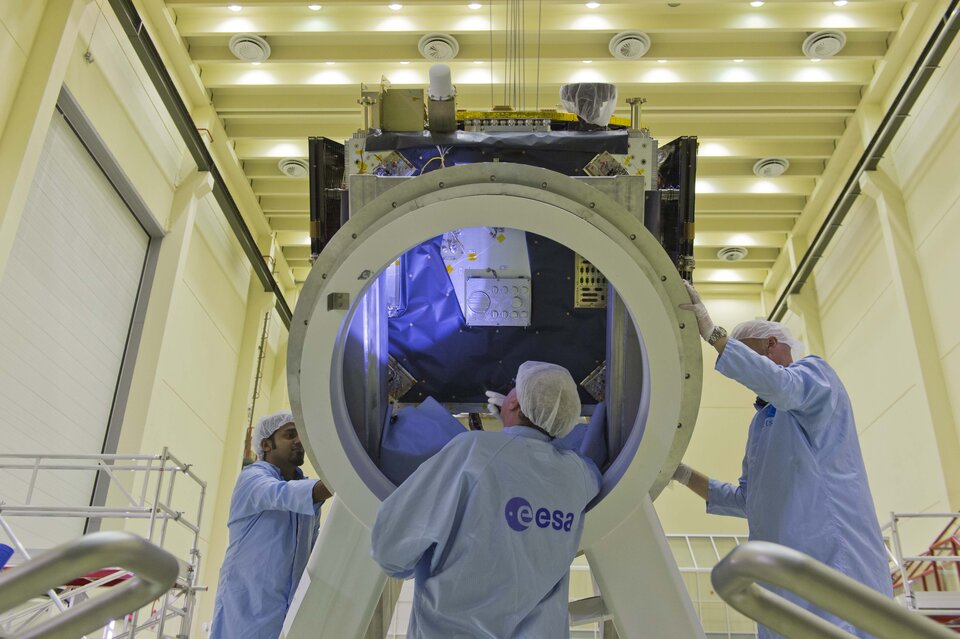
As a cross-cutting initiative, Design 2 Produce has a presence across all of ESA’s technology development programmes, but GSTP Element 1 – ‘Develop’ includes a dedicated area, with proposed activities identified along the three lines of action, prioritising higher Technology Readiness Level developments that can provide more immediate benefits and multi-disciplinary objectives and tasks to maximise the areas involved.
Activities are proposed as a basis for elaboration and discussion; we are eager to hear your feedback. Please contact Ilaria.Roma@esa.int


